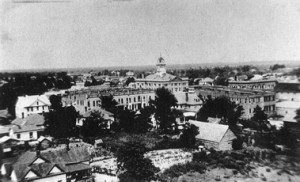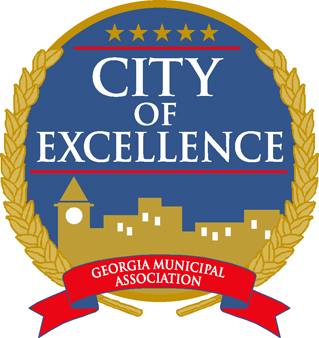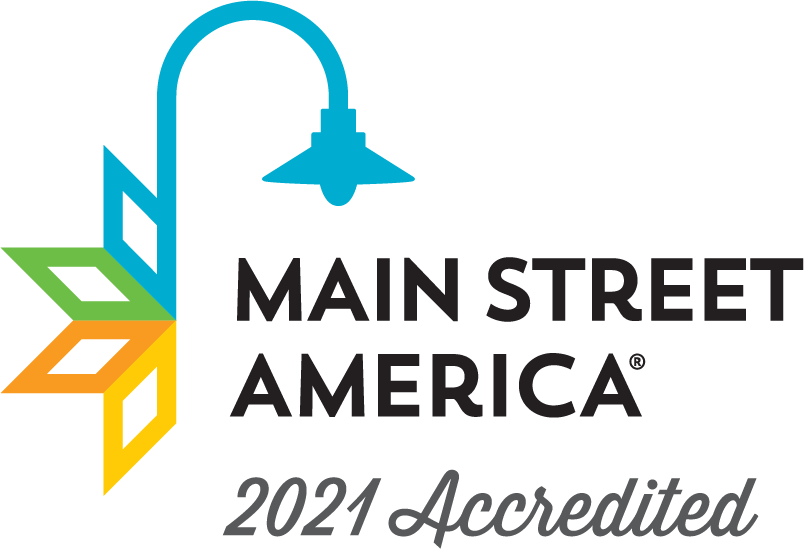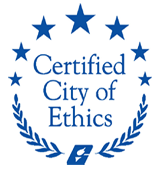 Downtown’s history is as rich as it diverse. The Downtown area was originally designed in a grid pattern with the City’s main square initially being located on the block where City Hall now resides. Later the Square was relocated to its current location and the County’s Courthouse was built with an adjoining office for the County Sheriff. Several County Courthouses resided on the square until the early part of the 21st Century when it was moved to its current location on South Main Street. The Emanuel County Chamber of Commerce refurbished the old Sheriff’s office and the remaining building on the Square is now its main headquarters.
Downtown’s history is as rich as it diverse. The Downtown area was originally designed in a grid pattern with the City’s main square initially being located on the block where City Hall now resides. Later the Square was relocated to its current location and the County’s Courthouse was built with an adjoining office for the County Sheriff. Several County Courthouses resided on the square until the early part of the 21st Century when it was moved to its current location on South Main Street. The Emanuel County Chamber of Commerce refurbished the old Sheriff’s office and the remaining building on the Square is now its main headquarters.
The intersection of North Main/South Main and East Main/West Main is a historical  crossroads of the South. This intersection is the only place in America where U.S. Route 80 (since 1926, the main East/West cross-county Route) and U.S. Route 1 (since 1926, the main North/South cross-county Route) meet. This crossroads has been traveled by millions of travelers on their journey across America and inspired Swainsboro to be known as the City “Where Main Streets Meet.” The intersection passes by the City’s main square on both sides and offers a beautiful introduction to the community.
crossroads of the South. This intersection is the only place in America where U.S. Route 80 (since 1926, the main East/West cross-county Route) and U.S. Route 1 (since 1926, the main North/South cross-county Route) meet. This crossroads has been traveled by millions of travelers on their journey across America and inspired Swainsboro to be known as the City “Where Main Streets Meet.” The intersection passes by the City’s main square on both sides and offers a beautiful introduction to the community.
If you look closely enough you can see a newer addition to the buildings where Kent’s Income Tax and the Peddler now reside. The current location of Hollywood on Main was once a thoroughfare for horses in the early 20th century. The Boneyard is also a unique location that has kept its name since the late 19th century. The Boneyard currently has an outdoor pavilion where concerts and community events are held monthly. While it may seem to be an odd name, it’s stuck in the minds of the people of Swainsboro. There are varying stories told about why the location is called the Boneyard: some include references to it once being the location of the County Jail while other tell that it was a wagon-hitching station and poor travelers would hitch up their horses after a long ride and the horses looked like “skin and bone.”
and community events are held monthly. While it may seem to be an odd name, it’s stuck in the minds of the people of Swainsboro. There are varying stories told about why the location is called the Boneyard: some include references to it once being the location of the County Jail while other tell that it was a wagon-hitching station and poor travelers would hitch up their horses after a long ride and the horses looked like “skin and bone.”
Its thought that the old City Hall was once located in the Hotel Marquretta (old Durden Hotel). In 1921, the City Hall moved to West Main Street (Masonic Building). In 1971, the old Citizen’s Bank was purchased by the City and moved to its current location in May 1971. The mural located in  City Hall is just one of several historical murals located throughout the City, including the one in the old Post office painted by Edna Reindel. When referencing a building in Downtown Swainsboro it is common-place to name what it once was. Putting the current name of a building beside what it once was is a celebration of the unique history of the community. Knowing the past and embracing the future is a part of the culture of Swainsboro, beginning with the first settlers to Emanuel County in the 1700’s and remaining in those who choose to still call it home today.
City Hall is just one of several historical murals located throughout the City, including the one in the old Post office painted by Edna Reindel. When referencing a building in Downtown Swainsboro it is common-place to name what it once was. Putting the current name of a building beside what it once was is a celebration of the unique history of the community. Knowing the past and embracing the future is a part of the culture of Swainsboro, beginning with the first settlers to Emanuel County in the 1700’s and remaining in those who choose to still call it home today.


